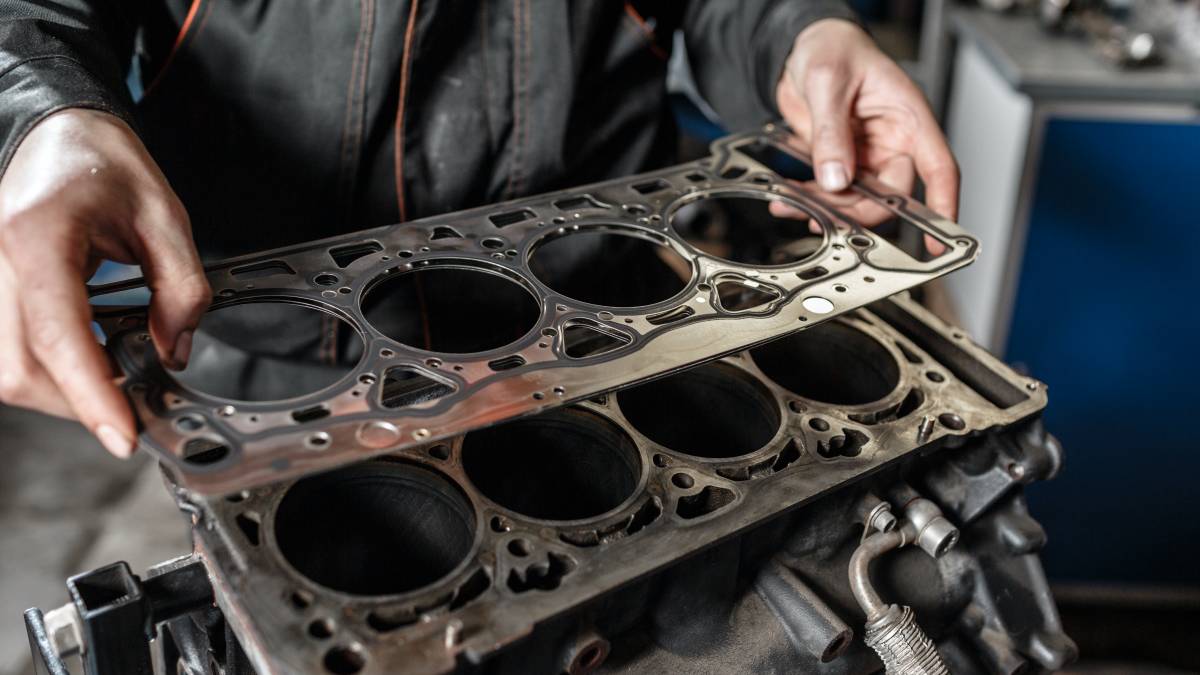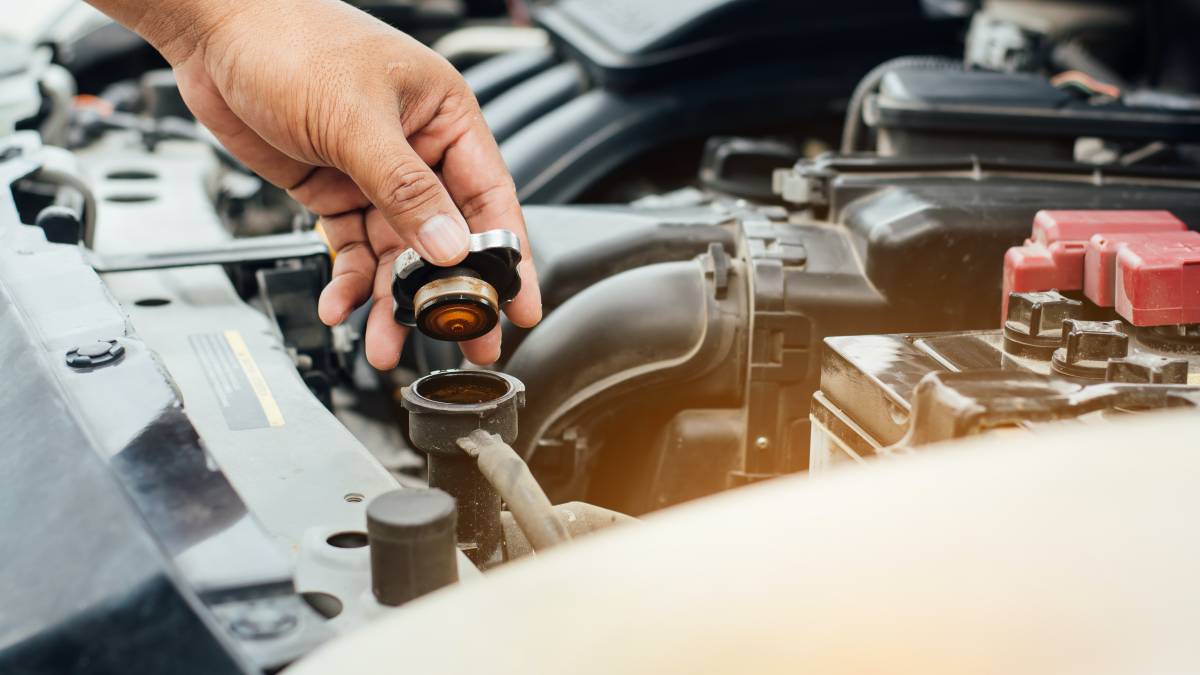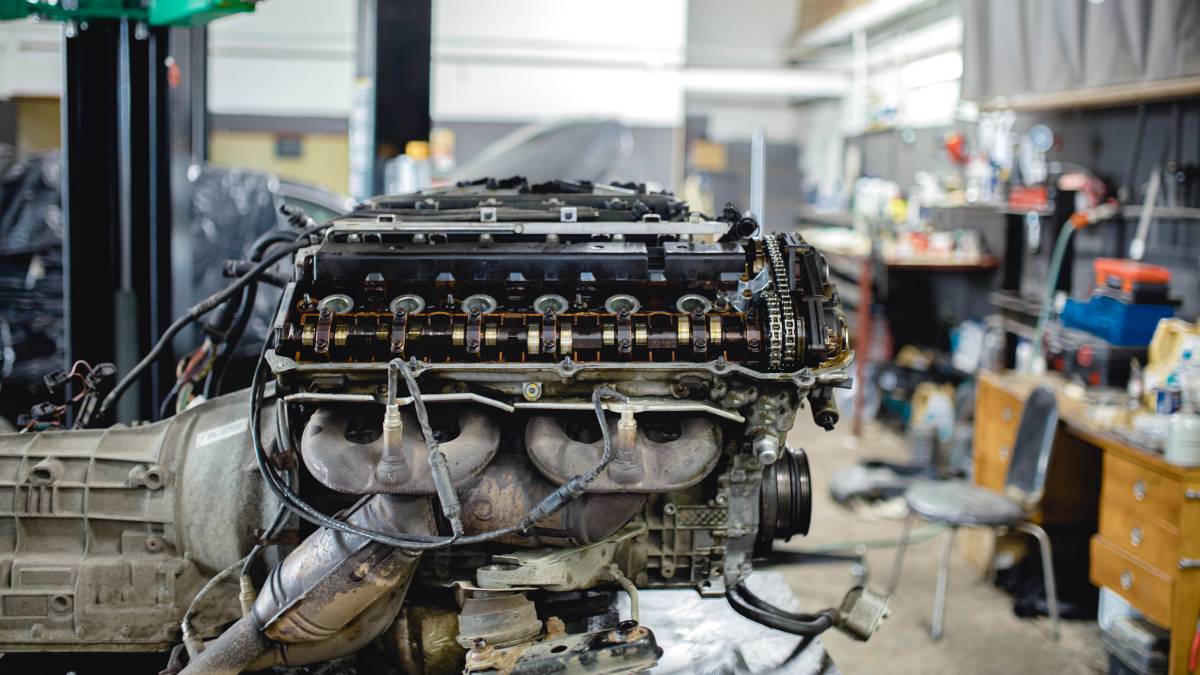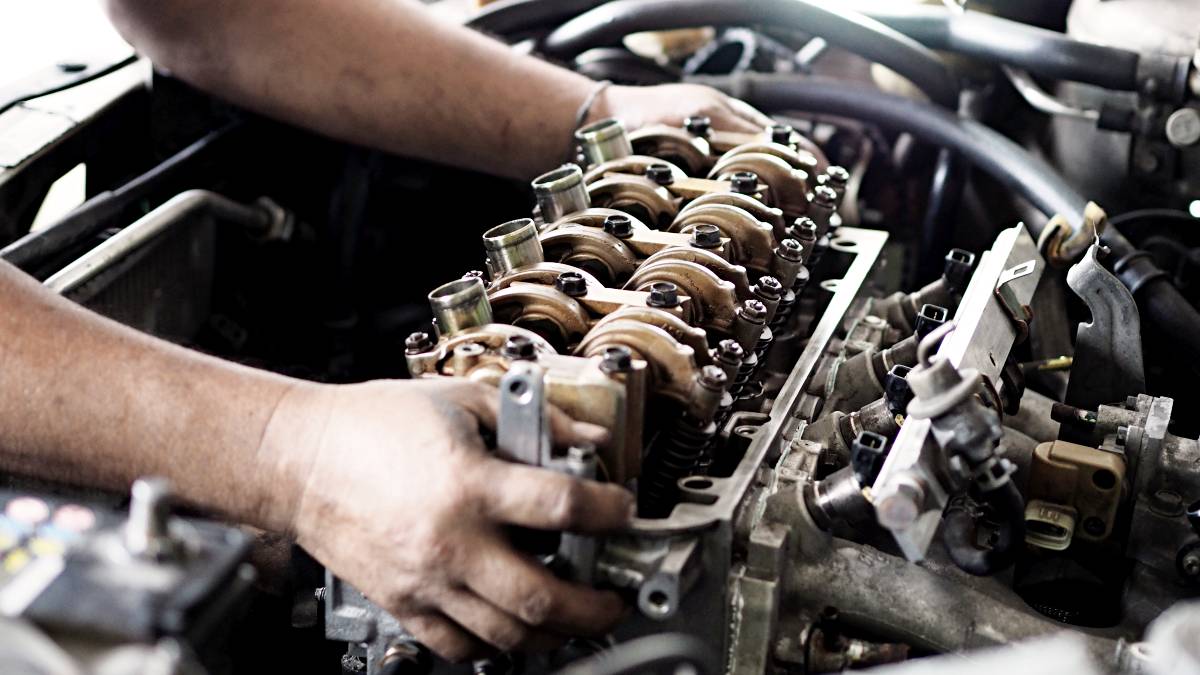- Home/
- Guides/
- Car Repair/
- What to Do if Your Car was Flooded
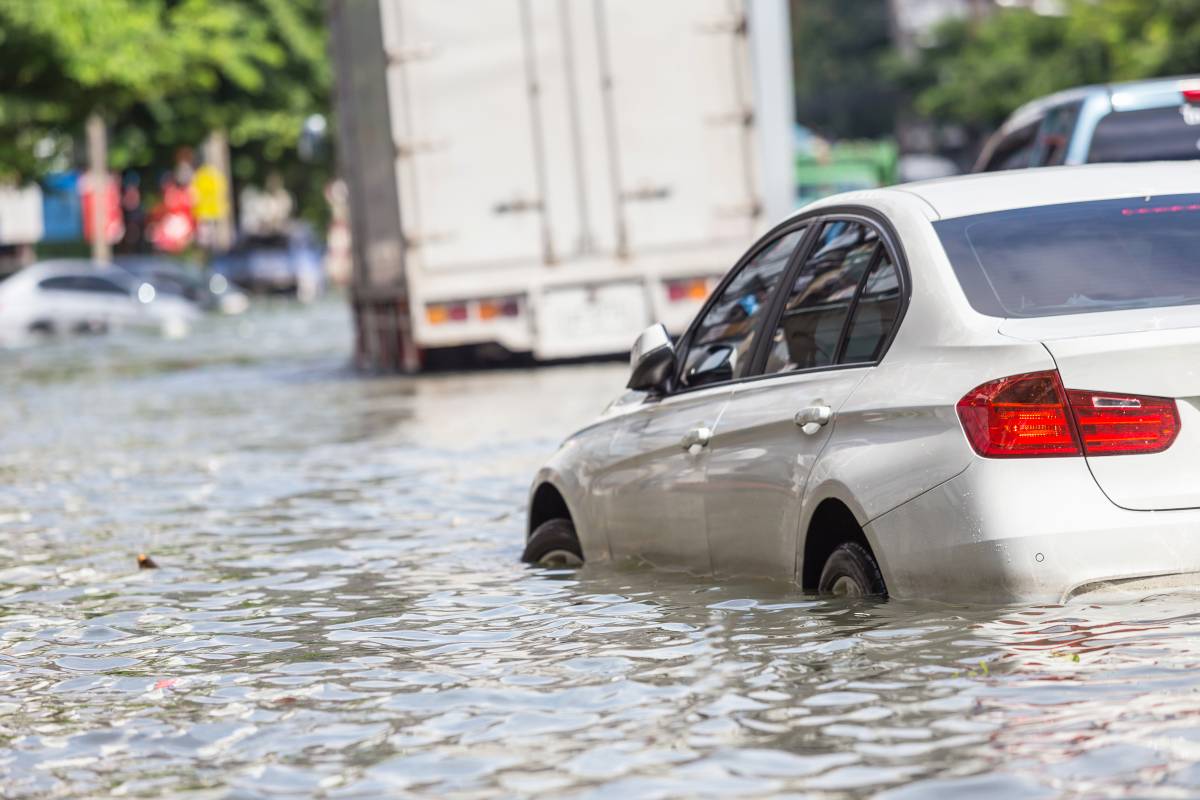
What to do if your car was flooded
Find out what to do when your car was flooded
Get help for your car repairLast Updated on
Climate change brings more unpredictable and intense weather events like severe flooding and flash floods. Apart from being life-threatening, a flood can leave a lot of destruction in its wake – and this can include your car.
In this guide, you’ll find out how to minimise flood damage and determine if your car is still salvageable.
What to do immediately if your car was flooded
Use your phone camera to take pictures of your flooded car. This documentation is necessary for a mechanic to assess the damage. You’ll also need these photos to lodge an insurance claim later on.
Signs of flooded car damage
Were you away from the flood area and unsure if your vehicle got flooded? There are ways to know if your car was flooded even if no one was around to inform you.
Here are the signs to look for if you suspect your car was damaged by a flood:
1. Waterline marks
Check for any dirt and debris running along your car’s exteriors and surrounding walls. The highest point of the dirt and debris shows where the flood water reached.
2. Musty smell
As soon as you open a door, you may be overwhelmed by a strong scent like mouldy cheese. You may even see white or greenish spots of mould and mildew already growing on your car’s interiors – a sure sign that floodwater got in and has only partially dried out.

Check for these signs of flooded car damage:
Damp carpets and interior trim - Check your car’s floor carpets, boot, and upholstery. If they’re damp, your car was definitely flooded. A musty smell usually accompanies damp carpets and upholstery since it takes a long time for water to dry out after floodwaters recede.
Water in engine parts - Check your oil dipstick for water droplets. This is a reliable sign that your car was flooded. Inspect your car’s air filter, too; If this is soaking wet, then your car got submerged.
Rust - Rust and corrosion on any exposed metal on your car is a sure sign of flooding, although this shows up much later. You’re more likely to see and smell mould before the onset of this common sign of flood damage.
There are other glaring indications that your car got flooded, like if your car won’t start after a flood. Note that your car doesn’t have to be submerged to get flood damage. Some cars won’t start even after driving through water. Don’t attempt to start the engine in either case, as this can lead to more serious damage like a hydrostatic lock.
Can a flooded car still work?
A flooded car can sometimes work if it meets certain conditions. Most new cars today won’t start after driving through water, and most mechanics don’t recommend that you test this theory!
To know if your car can or will still work after getting flooded, here are factors you need to consider:
The depth and duration of the flood
A flooded car is not always an immediate write-off. Whether or not a car is repairable depends on the extent of the flood.
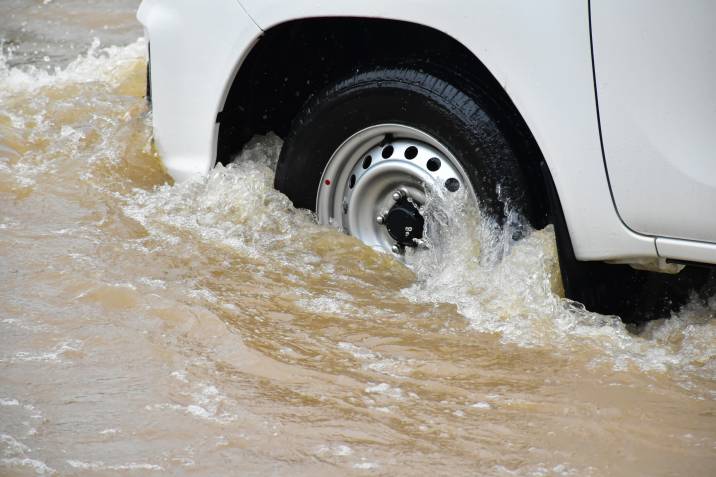
Scenario 1: If you parked your car where you can see it and noticed the floodwater didn’t get past the wheels, it might still run. Floodwaters that reach the bottom of the car doors may or may not have gotten into the engine, so there’s a good chance the car will work after some repairs.
Scenario 2: If floodwaters rose past the bonnet and your car was submerged for even a few hours, its engine seals may have been compromised. Any car in this situation will need extensive repairs and parts replacement, with a slim chance that the car will still run.
The type of floodwater
The most damaging types of floodwater for cars are saltwater, swamp water, muddy water, or impure floodwater. Cars affected by these waters are usually a write-off. A car flooded by relatively clean freshwater sources like torrential rains or river overflows has a better chance of working again after significant repairs.
The extent of the damage
A mechanic can only determine if a car is salvageable after examining the type, depth, and duration of your car’s exposure to floodwater. Your car’s model and age are also factors.
Older cars may still have replacement parts, but the repairs may be too inconvenient and cost almost as much as buying a new car.
Newer car models have delicate parts like electronic fuel injection modules – usually the first casualties in a flood. Cars with electronic parts simply won’t work without them, so be prepared to pay for their replacements on top of all other repairs.
How to save your flood-damaged car
After floodwaters subside and local authorities say it’s safe, you can go to your car. If your car was flooded, or you suspect it was, immediately have it towed to your home or to a trusted garage. Don’t entertain the idea of trying to start your car on your own.
This can’t be stressed enough: To have any chance of saving your flooded car, make no attempt to start the engine. A car engine flooded with water may not start anyway. Still, any attempt can force trapped water into the pistons and surely damage or destroy the engine!
Do the following steps regardless of how high the waters rose and whether or not you’re sure if water got into the engine:
Step 1. Disconnect your car battery.
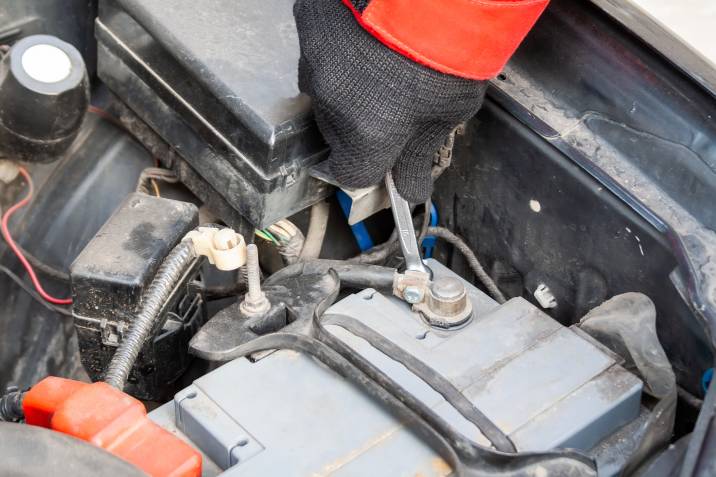
Pop the bonnet and disconnect the battery terminals.
Start with the negatively-charged terminal first, which is marked with a minus sign (-) or a black cap. Always disconnect the negative terminal first to avoid sparks and a battery blow-out.
Loosen the retaining nut on the terminal with a spanner, turning anticlockwise. A few turns should loosen it.
Disconnect the terminal connector by gently pulling it off and moving it aside. Make sure the connector doesn’t touch any part of the battery.
Repeat the process with the positive terminal marked that has a plus sign (+) or covered by a red cap.
As an added precaution, remove the entire battery and let it dry in a safe place.
Step 2. Dry and air out the car.
As you read this, your flooded car may be getting more damaged – especially if any standing water remains in the cabin.
Use a wet-dry vacuum to remove any standing water left inside your car.
Open all the doors, the bonnet and boot.
Remove the carpets, seat covers, and spare tyre in the boot, then drain out all the water.
Use towels to soak up any remaining moisture on all the interior surfaces.
Get as many fans and dehumidifiers as you can and get them going to dry the car trim, seats, glove compartment, and boot.
If the weather permits, place your car under the sun to dry out faster.
Step 3. File your insurance claims.
As your car dries out, review your car insurance policy. Don’t forget to include pictures of your car’s flood damage as you lodge your claim. If you have comprehensive car insurance, your car should be covered, but check your policy to avoid any last-minute surprises. Also, call your insurance agent to discuss your situation. Ask about the needed paperwork and comply with the requirements.
Step 4. Assess the damage.
Before you call a mechanic to make a proper assessment, you can get an idea of the extent of car damage by checking the following:
The engine oil - Inspect your oil dipstick. If there are water droplets present, then water has reached the engine. Drain out the oil and change the oil filter. The absence of water droplets can mean that the damage isn’t as severe.
The air filter - Check if this is dry. If the air filter is wet, that means the engine sucked water through it, and it went into the pistons. A wet air filter can mean expensive repairs, so don’t start the car unless you want a bigger repair bill!
After your initial DIY assessment, hire a mechanic with the experience, skills and tools to fix flood-damaged cars. Insist on someone with experience; Don’t make the mistake of hiring just any mechanic as they can make matters worse.
Find top local car mechanic near you today and get a free in minutes! |
A good mechanic can thoroughly inspect your entire car, from its electrical wiring to its mechanical parts, electronic components, safety features, and interior furniture. They can even properly assess the bodywork or paint job.
After the assessment, they can give you a quote and estimate how long it will take to do all the repairs.
Step 5. Have contaminated fluids changed if necessary.
If your car got submerged, it’s likely that the engine oil, brake fluid, transmission fluid, power steering fluid, and even the petrol were contaminated. Get your mechanic to check all of your car’s fluids for water contamination and replace them as needed.
Step 6. Decide whether to repair or replace your car.
After consulting your mechanic and your insurance provider, weigh your options. Will it be more or less expensive to have your car repaired? Or would it be better to write it off and buy a new car?
Consider the cost of repairs and how much your insurance can cover. Don’t forget to factor in the weeks when you’ll be without your car and have to use taxis or other modes of transport. After weighing all the pros and cons, decide on the most convenient and cost-efficient option for you.
How to remove dried mud from a car
If your car stayed in flood water for a long time and mud got in, take the time to remove it and clean the interiors. Remove dried mud from your car as soon as possible, as the moisture in mud can cause mould and corrosion to quickly set in.
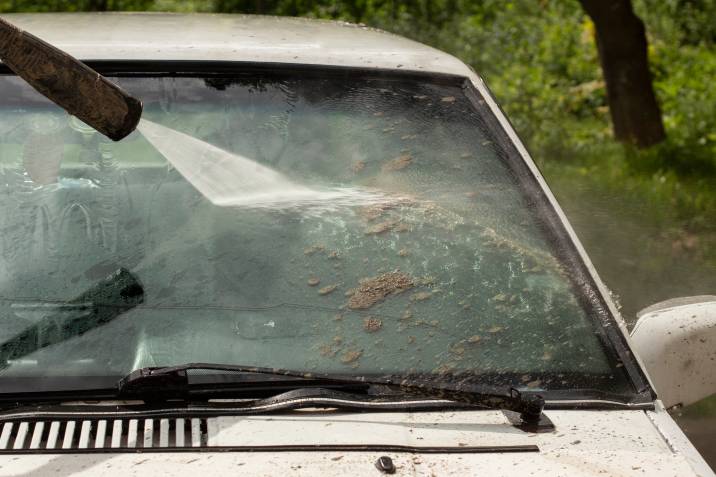
To remove dried mud from your car:
-
Prepare your car for cleaning.
Disconnect and remove your car’s battery.
Open all the doors and the boot to let any remaining water drain and dry your car out.
Remove all the car seats. Remember to detach the wiring for the airbag computers under both front seats before removal.
-
Clean your muddy car.
Use a pressure washer to remove caked-in or dried mud.
Use a wet-dry vacuum to suck up the water and mud.
Follow up with soap and warm water to clean the interiors.
Use the wet-dry vacuum to remove the water and suds.
Soak up any excess water and moisture with towels.
-
Dry your car.
Use fans and dehumidifiers to dry your car’s interiors.
If you don’t have the right equipment, you can always hire a car wash service to thoroughly remove all the mud and dirt from your car.
What to do if your car gets caught in a flash flood
If local authorities and weather reports warn of possible flooding, always drive away from flooded areas. Flash floods can be much deeper than they appear.
Should you get caught in a flash flood while driving your car, the most important thing to do is not to panic. Here’s what you should do if your car gets caught in a flood:
Leave your car immediately and go to higher ground if possible.
If your car is submerged suddenly, stay calm and wait for the water to fill the cabin. You and your passengers can only open the doors when the water pressure has equalised. Take a deep breath, open the door and swim to safety.
If you’re not in a vehicle and are swept by fast-moving water, lie on your back with your feet pointing downstream. Always go over obstacles like fallen trees; Never go under them.
Once you get to higher ground, make no attempt to traverse the floodwater. Stay where you are and wait for help to arrive.
Save your car after a flood with the help of an expert.

Did your car get damaged by a flood? Don’t write it off; There may still be a chance to save it!
This guide shows you how to lessen the damage and impact of flooding. Have your interiors cleaned and let your car dry out, then get the expert opinion and services of a qualified mechanic!
Book a professional car repair service specialist now and get a free quote in minutes! |
Find car repair experts, fast
Find a car repair expert
FAQs on flooded car damage
Abandon your car and make your way to higher ground. As much as possible, don’t drive in or through any amount of floodwater as this is dangerous. Some insurance policies may even regard doing so as reckless driving. You won’t be able to lodge claims in case of an accident. Even shallow floodwater of 15 cm in depth moving at slow speed is enough to cause your car to lose traction and lead to an accident!
Yes, you can still try selling a car that was flooded. There may still be a demand for submerged, written-off cars. Make sure to disclose your car’s usage and damage history to potential buyers. Also, confirm that it’s a write-off due to flood damage. Make it clear that you’re selling your written-off car for spare parts, so the right buyers like repair shops or individuals who need parts can offer a fair price.
A hydro-locked engine or hydrostatic lock is when an engine has seized up due to a large amount of water. Hydro-lock occurs when water gets into the engine’s combustion chamber via the air filter, either by flooding or driving through a lot of water. Since water doesn’t compress in the same way as air, the pistons can’t move, and they get locked all at once, becoming “hydro-locked.”
Related price guides
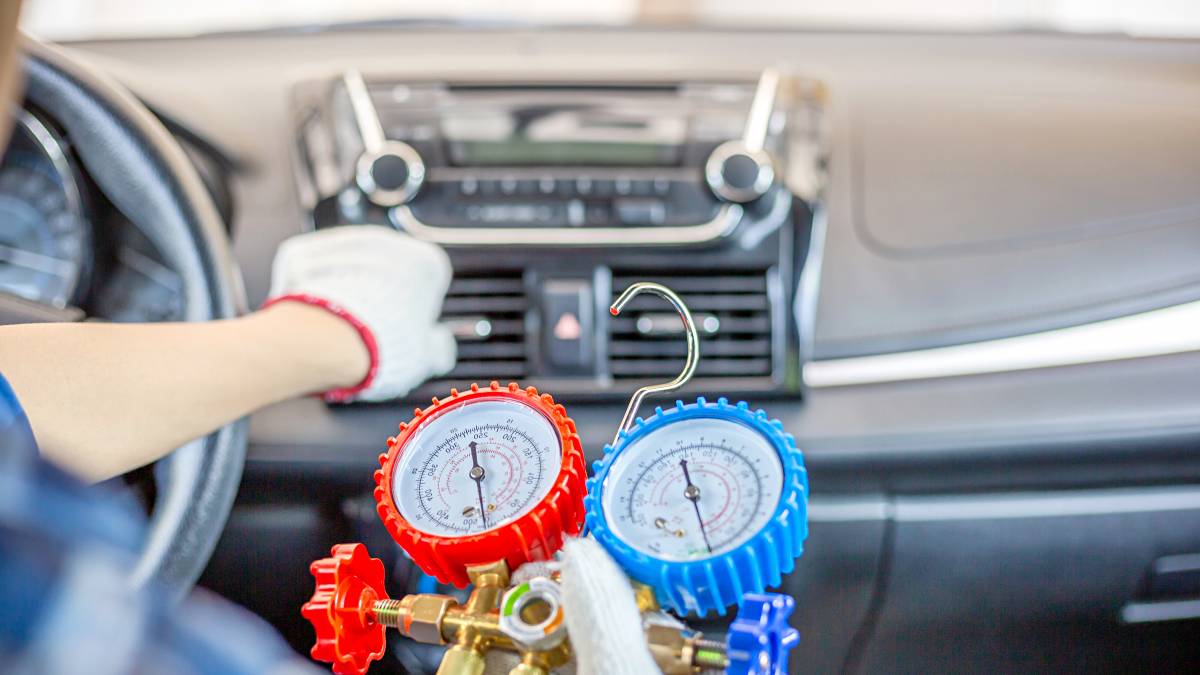
How much does car AC repair cost?
Read more
Let's do this!
It's free and takes only a minute.
